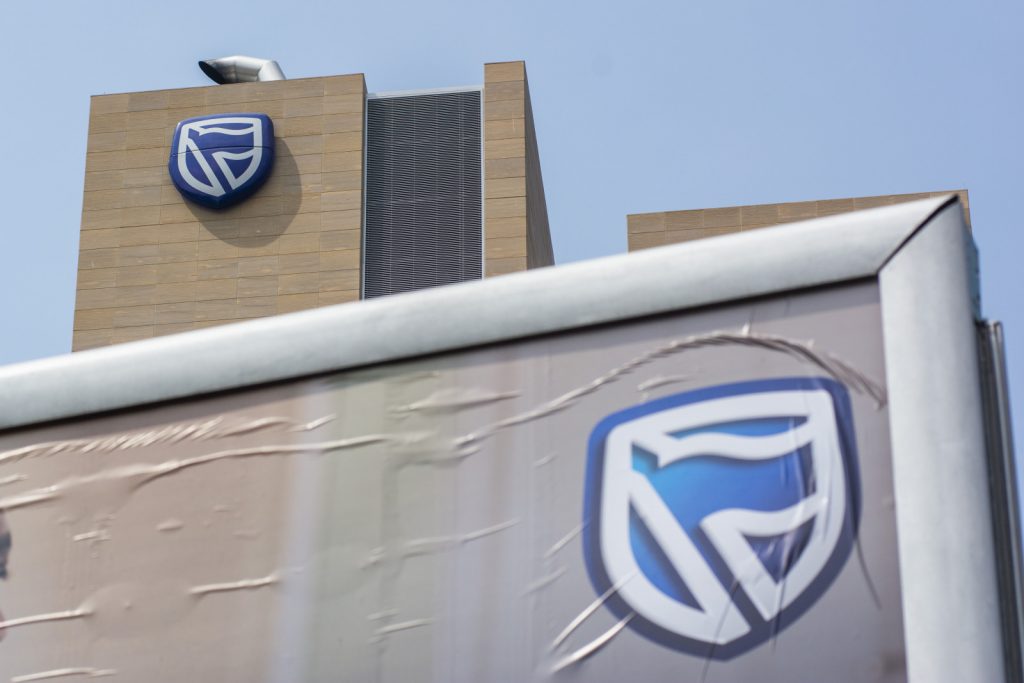Two trends have come out of the recent batch of investor updates from South Africa’s banks: despite otherwise tough economic conditions, earnings are strong and bad debts have risen, leaving the sector somewhat exposed.
Linking these two trends is the cost of borrowing, which is the highest it has been since 2008 — a fact that has been a boon for banks but a pain for their clients. The higher rates of credit impairments reported by banks signal that the chickens may be coming home to roost.
Last week, two of the country’s biggest banks reported strain on their credit portfolios.
In an investor update, FNB’s parent company FirstRand noted that the firm’s cost of risk has trended up in the second half of the financial year ending 30 June but said the group expects its credit loss ratio to remain below its through-the-cycle range.
This is despite the deterioration in South Africa’s macroeconomic conditions, which has resulted in more strain in the domestic retail books than was previously forecast.
During his presentation, FirstRand chief executive Alan Pullinger said the firm had seen marked growth in its unsecured lending, signalling that its customers have to make use of more expensive credit.
Customers, he added, are also having to extend their repayment plans to make them more affordable.
The burden on consumers — the result of 10 consecutive hikes in the cost of borrowing — has been coupled with handsome earnings for banks.
In the first half of this year, FirstRand grew normalised earnings by 15% to R18 billion.
According to its investor update, its operational performance in the second half should deliver similar underlying earnings growth.
Standard Bank also flagged impressive earnings growth. According to an investor update, the bank expects to see headline earnings per share and earnings per share more than 20% higher in the first half of this year than the first half of last year.
Arno Daehnke, Standard Bank’s chief financial officer, further noted that credit impairment charges were almost 50% higher for the five months of this year, compared to the charges for the first five months of last year.
This was a result of larger lending books, consumer strain in South Africa and increased sovereign debt risk in African regions, he said.
Standard Bank’s credit loss ratio for the current period, Daehnke added, was elevated but still within the through-the-cycle target range of 70 to 100 basis points.
These signs of trouble among FirstRand’s and Standard Bank’s clients come after two smaller banks — Capitec and African Bank — sounded the alarm on consumer strain. The share prices of both banks slumped after they reported surges in credit impairments.
The latter bank reported an interim net loss after tax of R44 million for the six months ending March 2023. For the same period last year, African Bank reported a net profit of R372 million.
What has also come out in the interim results is that demand for credit has continued to grow, despite the ratcheting up of interest rates — and this was flagged in the South African Reserve Bank’s Financial Stability Review (FSR) published in late May.
Since November 2021, the Reserve Bank’s monetary policy committee has hiked the cost of borrowing by 475 basis points, bringing the prime lending rate to 11.75%.
Despite tighter financial conditions, the FSR noted, credit growth, particularly for unsecured credit, remains elevated for households and businesses.
This growth is partly attributable to the rising cost of living and soaring input costs for corporates due to longer and more frequent stages of load-shedding.
During the fourth quarter of last year, according to the FSR, unsecured credit grew at its fastest pace since 2019, registering a 9% year-on-year increase, which could be a sign of distressed borrowing.
Total credit extended to households grew by 7.7% in the fourth quarter of last year, while debt servicing costs as a percentage of income increased to 8.1% in the last quarter of last year, up from 6.8% a year earlier. With household finances stretched and credit extensions continuing to rise, credit quality has inevitably suffered.
The banking sector’s non-performing loan ratios, which are indicative of the quality of a bank’s outstanding loans, have been trending upwards — which, the FSR says, “deserves close monitoring”.
South Africa’s banking sector proved its resilience in the wake of the Covid-19 pandemic’s economic onslaught, their prospects brightening with the Reserve Bank’s first decision to raise interest rates in late 2021.
The central bank has attracted considerable ire for its aggressive hiking cycle, with its critics accusing monetary policymakers of propping up financiers to the detriment of borrowers. The latest 50 basis point hike officially landed policy in restrictive territory, the point at which banks curb liquidity.
The cost of borrowing now exceeds its pre-pandemic level by 175 basis points, as the Reserve Bank has endeavoured to temper stubbornly high inflation, bringing about the inflection point where the pros of higher interest rates have started to be overshadowed by their cons.
Though recent data suggests the bank’s efforts have helped to unstick prices — with the yearly inflation rate having fallen to its lowest level in 13 months in May — analysts expect them to remain elevated.
That said, “higher for longer” interest rates pose only a moderate risk to the country’s financial sector, according to the Reserve Bank’s risk and vulnerability matrix.
An insufficient and unreliable supply of electricity is flagged as a higher and more likely risk.
Conrad Beyers, the Absa chair in actuarial science at the University of Pretoria, said the fact that borrowing hasn’t abated presented something of a dilemma to the banks, forcing them to become more selective about who they lend to.
South Africa’s banks are well capitalised, a fact that underpins their resilience, Beyers noted. But the banking system, he said, is considered “robust but fragile”. This is especially true amid the threat of blackouts and social unrest.
“They might be robust but there are currently scenarios that are on the horizon that might lead to domino effects which might become dangerous quite quickly.
“I think the banks are thinking very hard about this,” Beyers said.
“We have seen warnings from banking CEOs that people should spend within their means.
“So, though there is not an immediate crisis, one can think of numerous scenarios where simultaneous events in South Africa lead to a situation where people run for their cash and demand it.”
High inflation and high interest rates threaten to converge in such a way that South Africa’s poorest may struggle to even obtain debt, Beyers added.
“That, together with load-shedding which may lead to businesses no longer hiring people, creates a higher-risk environment — which could affect all of us, including the banking sector. But we are not sure how far we are from such a scenario.”
Kokkie Kooyman, executive director and portfolio manager at Denker Capital, said most of the strain is being seen at the lower end of the market — as evidenced by African Bank’s interim report.
Most banks, he said, have responded to consumer strain by being more cautious about lending.
With interest rates seemingly close to their peak, and inflation still elevated, the operational costs of banks will remain high and their interest income will start to moderate, Kooyman noted.
“So, next year, I don’t think the results will be as good as we’ve seen.”




